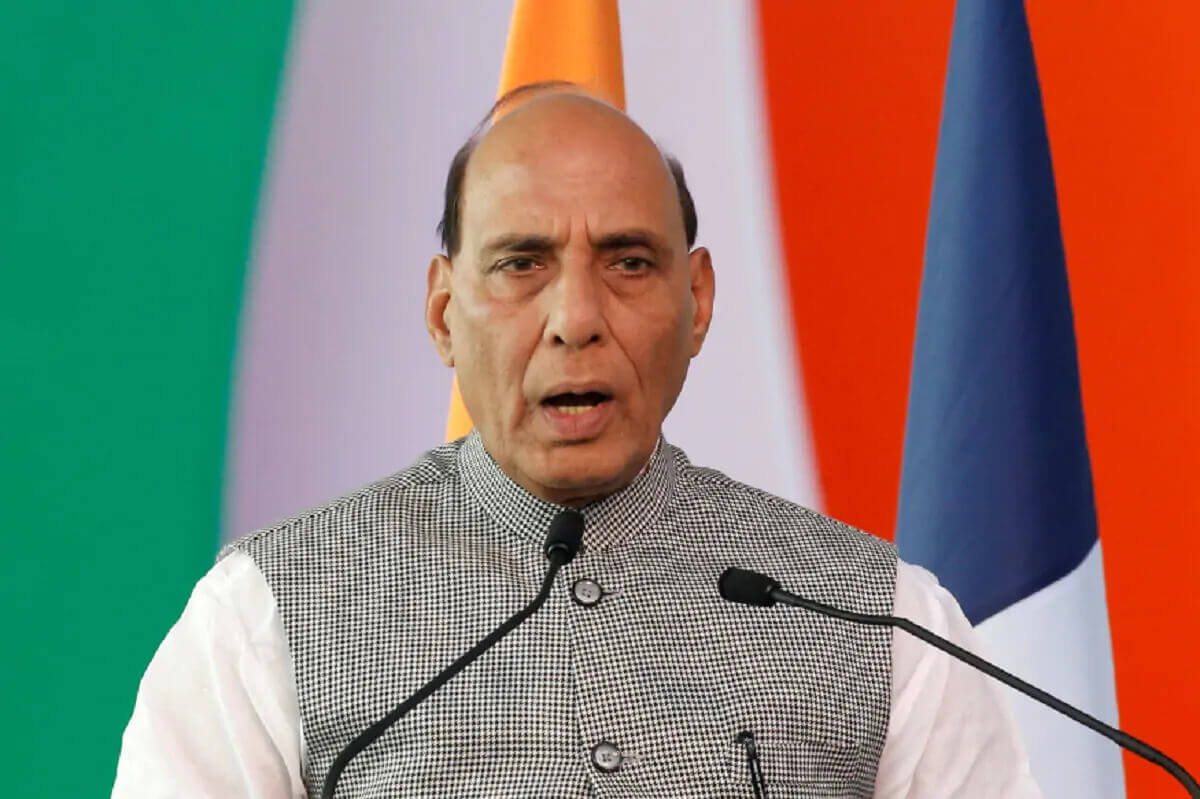India’s Ministry of Defence, in its press briefing on 31 August, has provided a ‘situation update’ on Chinese military movements in Eastern Ladakh:
On the Night of 29/30 August 2020, PLA troops violated the previous consensus arrived at during military and diplomatic engagements during the ongoing standoff in Eastern Ladakh and carried out provocative military movements to change the status quo. Indian troops pre-empted this PLA activity on the Southern Bank of Pangong Tso Lake, undertook measures to strengthen our positions and thwart Chinese intentions to unilaterally change facts on ground. The Indian Army is committed to maintaining peace and tranquility through dialogue, but is also equally determined to protect its territorial integrity. A Brigade Commander level Flag Meeting is in progress at Chushul to resolve the issues.
There are two relevant questions to ask here. First, what are China’s motivations behind this act of ‘provocation’? China’s general motivations for instigating this crisis on the border have already been difficult to discern. The common refrain amongst policy wonks is that Beijing has sought to ratchet up tensions on the Sino-Indian border in response to India’s efforts to bridge the infrastructural gap, which could potentially level the playing field. Others have hinted at the ‘diversionary war thesis’ post-COVID-19 as an explanation for Beijing’s new-fangled ‘wolf warrior diplomacy’. The immediate drivers for military movement in Eastern Ladakh, however, may be slightly simpler to arrive at. Both India and China are caught in a security dilemma spiral of mutual fear. They both want to use coercive diplomacy to threaten the other and draw concessions. For India, this means a return to status-quo ante as on April 1, and for China, it may mean the naturalisation of a fait accompli or assurances that India halts its road-building activities. But, in their attempts to signal resolve and acquaint their adversary with their military readiness by increasing troop deployment, they are making the other side more and more insecure. India’s CDS, General Bipin Rawat, claimed last week that India was actively considering the military option vis-a-vis China is border talks failed. Then, India deployed a naval warship to the South China Sea to raise costs for Beijing. Acts of provocation on the border seem to be the latter’s response.
The second important consideration is: what happens now? While the press statement claims that a Brigade Commander level Flag Meeting is underway, the prospects of an overall diplomatic resolution are increasingly becoming dimmer. It is undoubtable that a degree of trust had been built between India and China since the Rajiv Gandhi-Deng Xiaoping era. The maintenance of ‘buffer zones’ and the forsaking of fait accompli strategies were the cornerstones of this reformed bilateral relationship. Now, both these gains have been reversed. India’s elites, particularly after playing up summitry in Wuhan and Chennai, will feel betrayed. This means that they can no longer trust the Chinese side to adhere to the terms of any agreement, even one that can be verified. Simply put, the bigger casualty for China in the aftermath of the border clashes is not Indian public opinion, but its whole credibility as a negotiator. How coercive diplomacy or escalation dynamics proceed from here is challenging to foretell. But we already know that this stand-off will be protracted and lead to entirely unprecedented levels of war readiness on the Sino-Indian border. Diplomatic efforts, therefore, must also prioritise the avoidance of inadvertence and unwanted escalation towards war, which includes keeping open real-time lines of communication at the tactical and strategic levels. It is time to manage the rivalry rather than transcend it.

